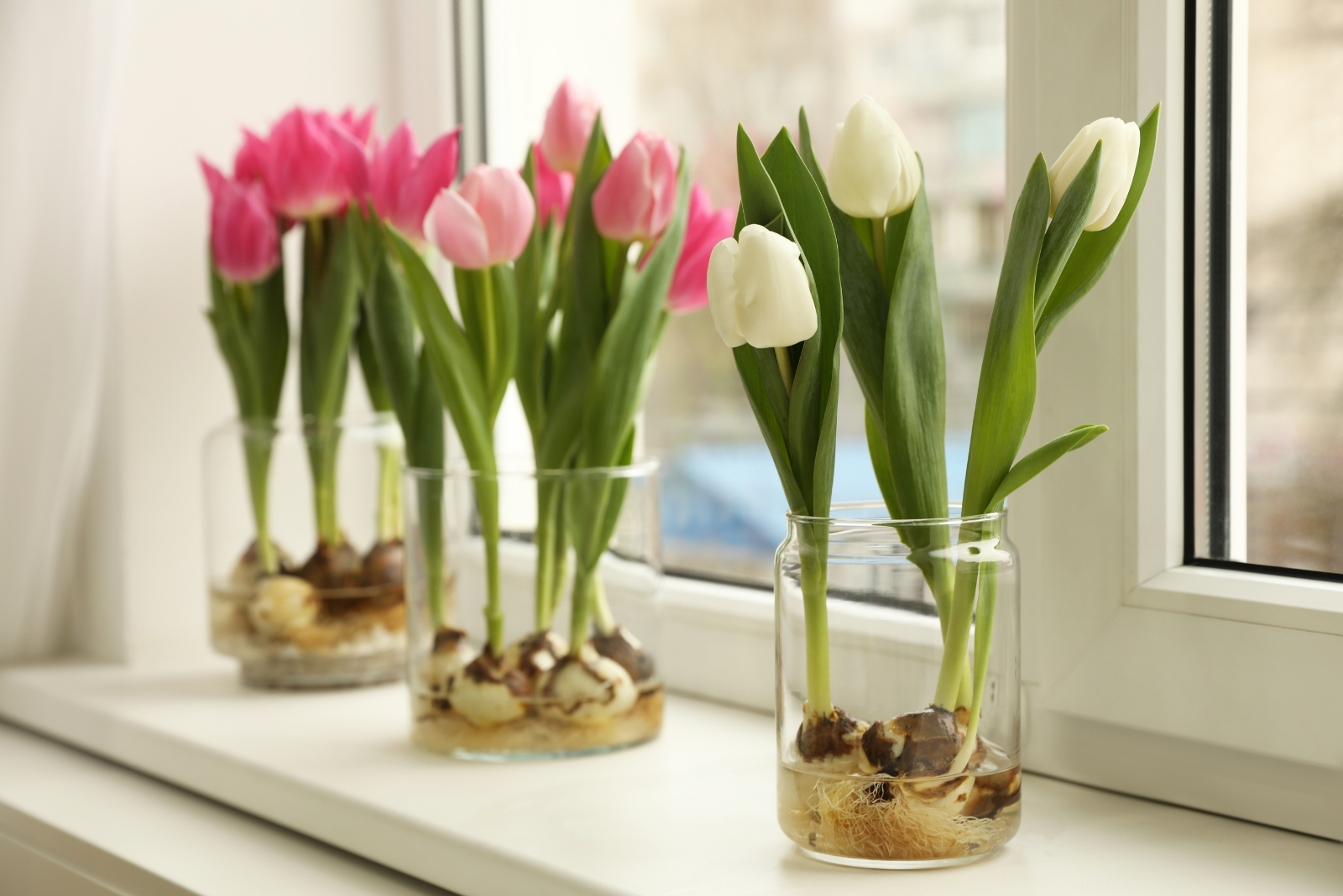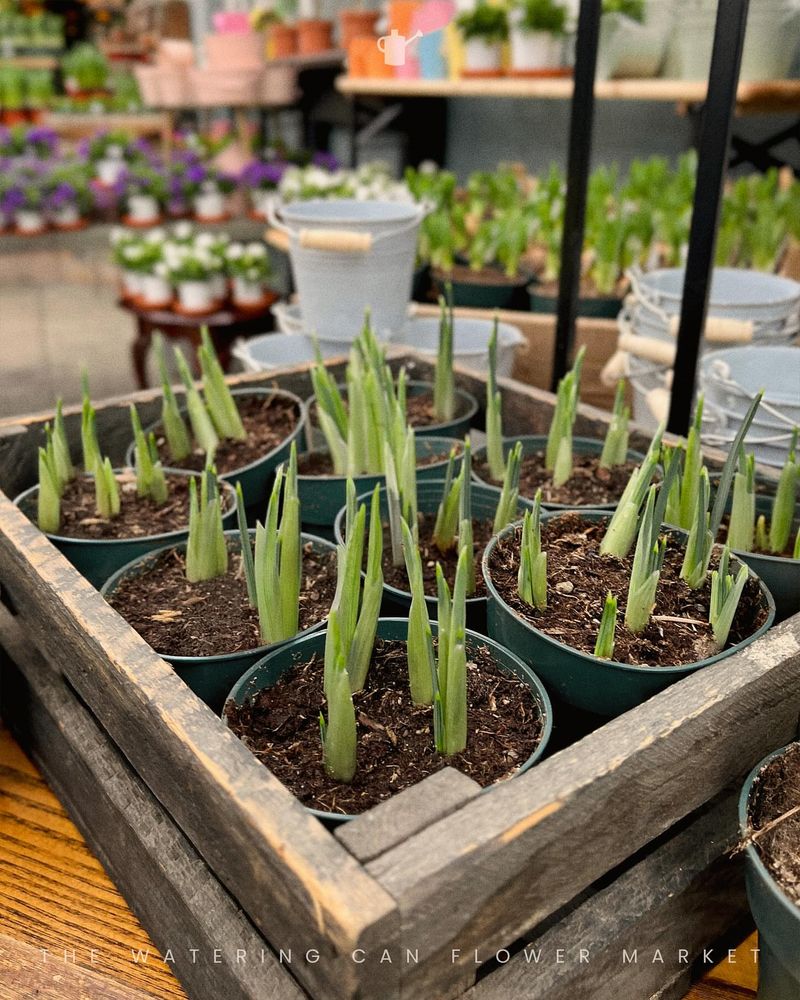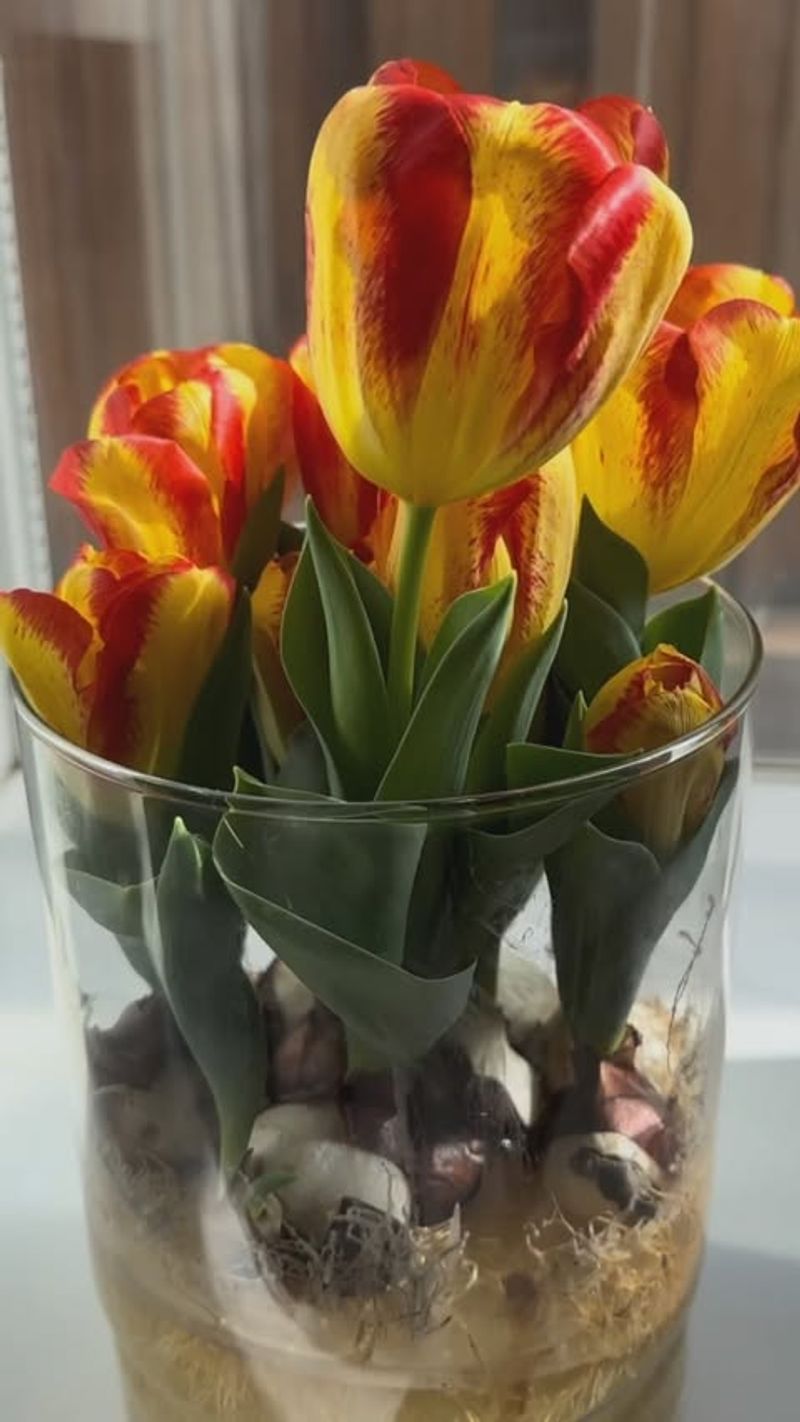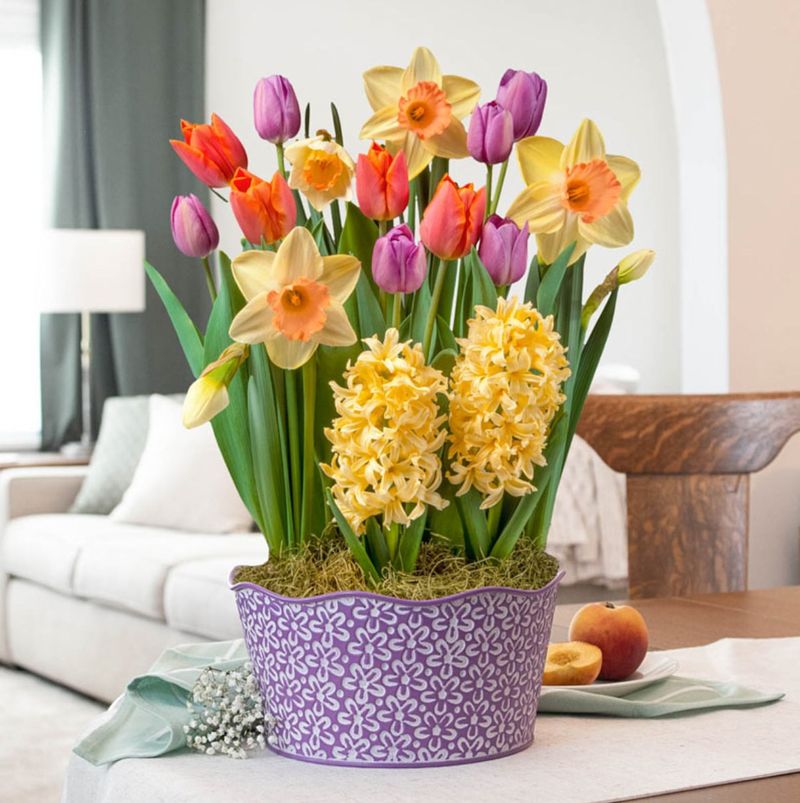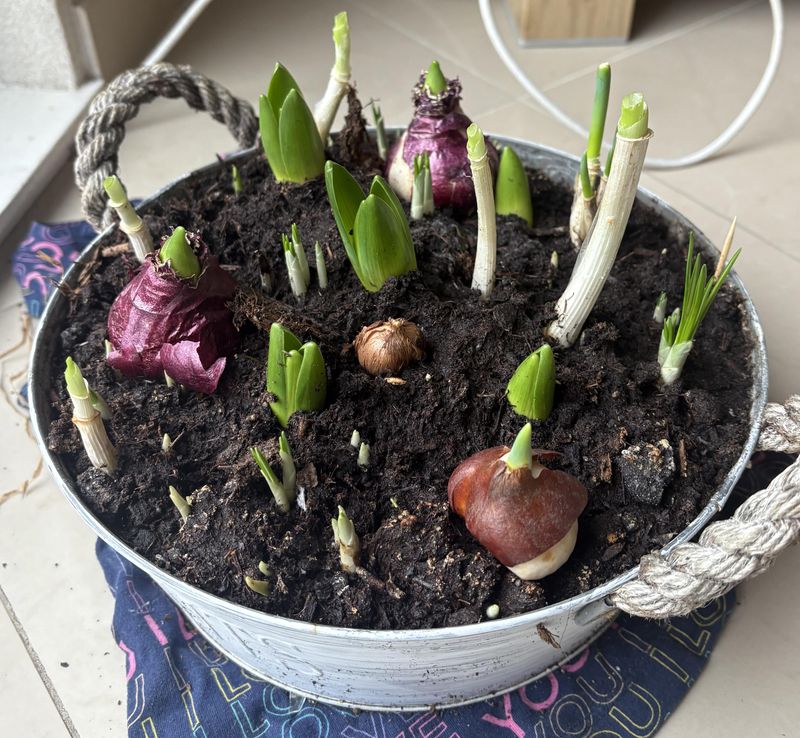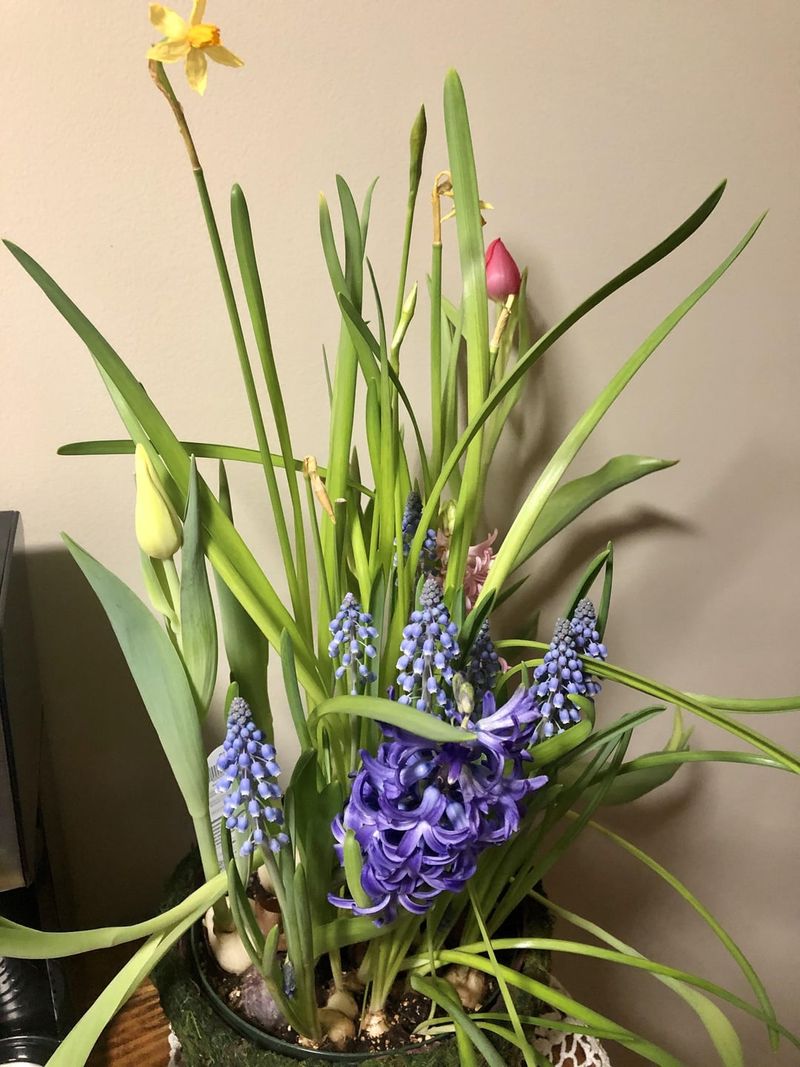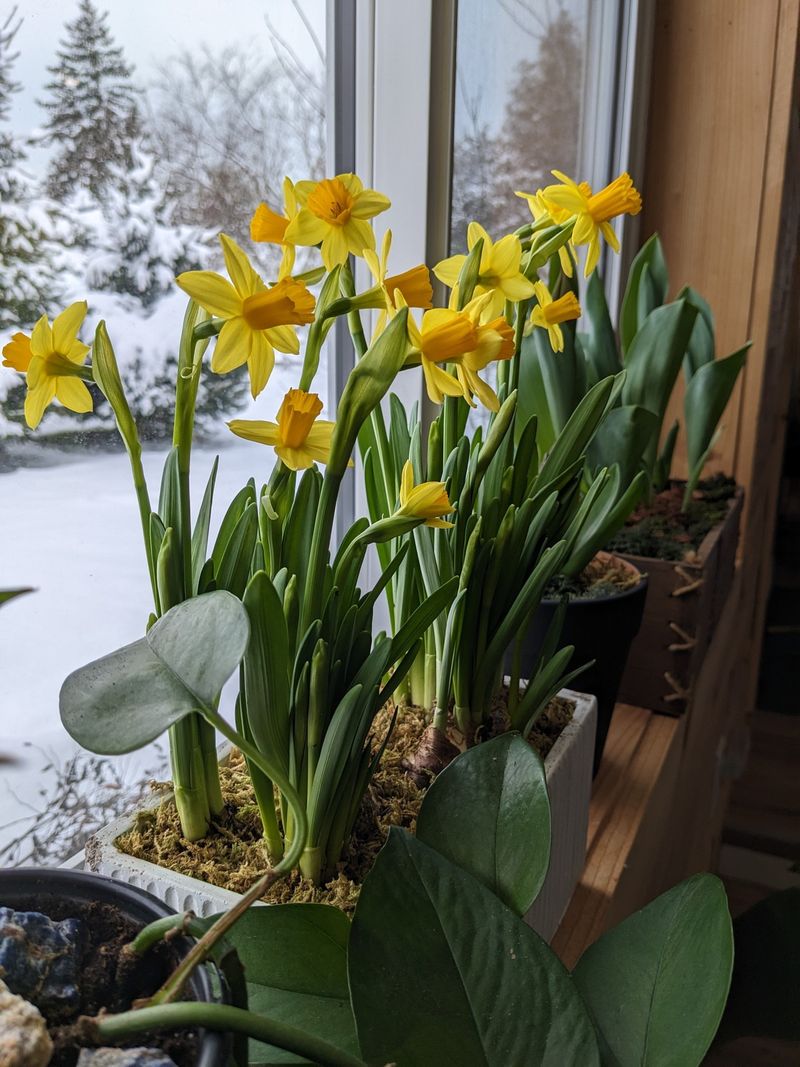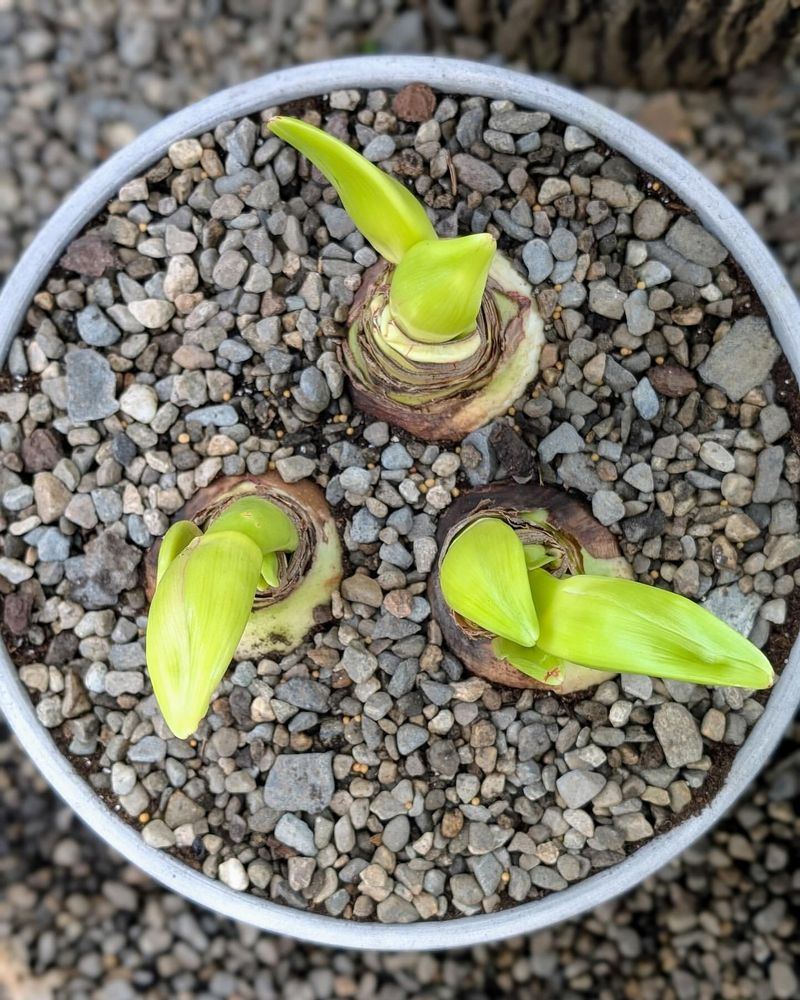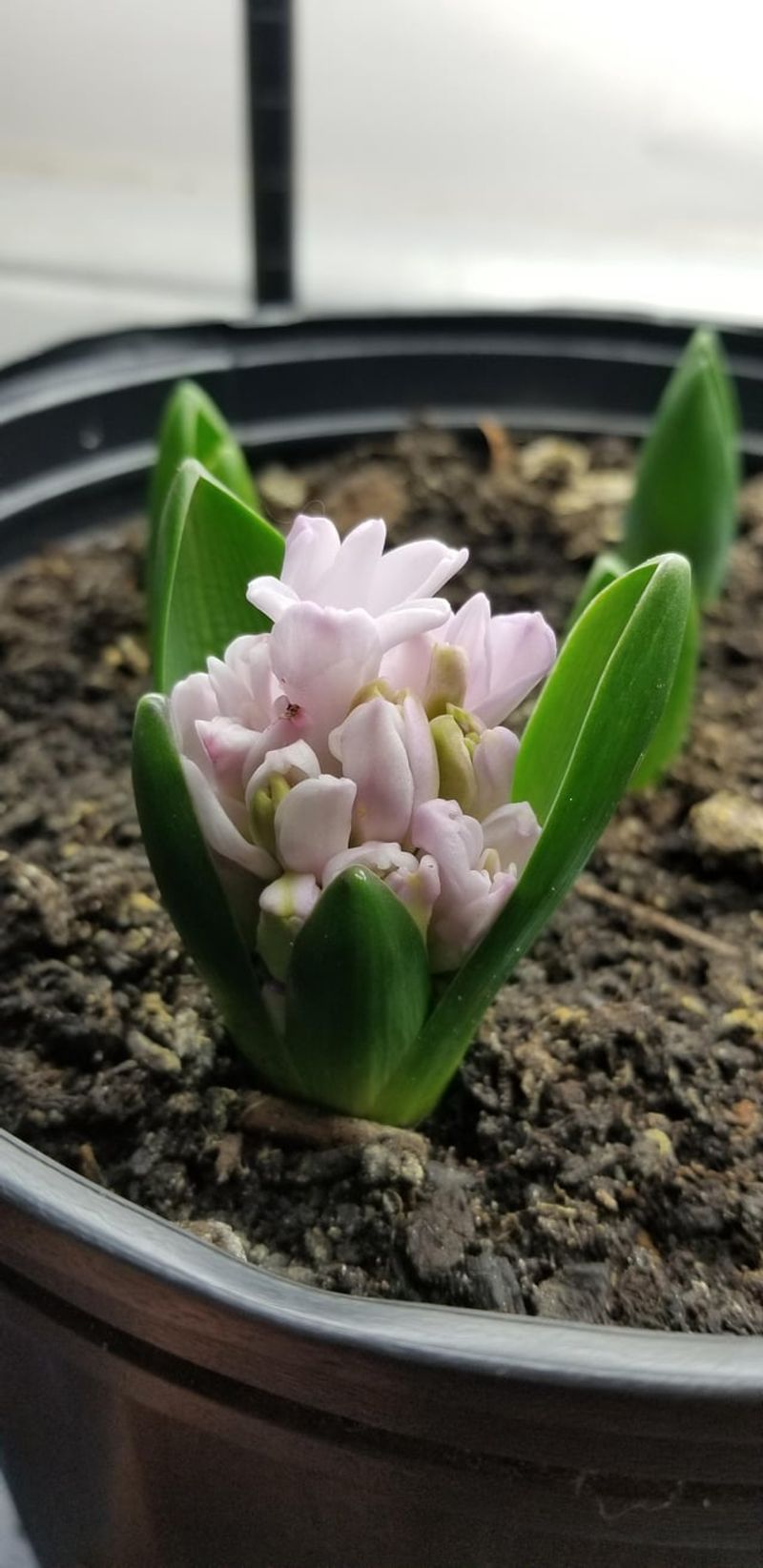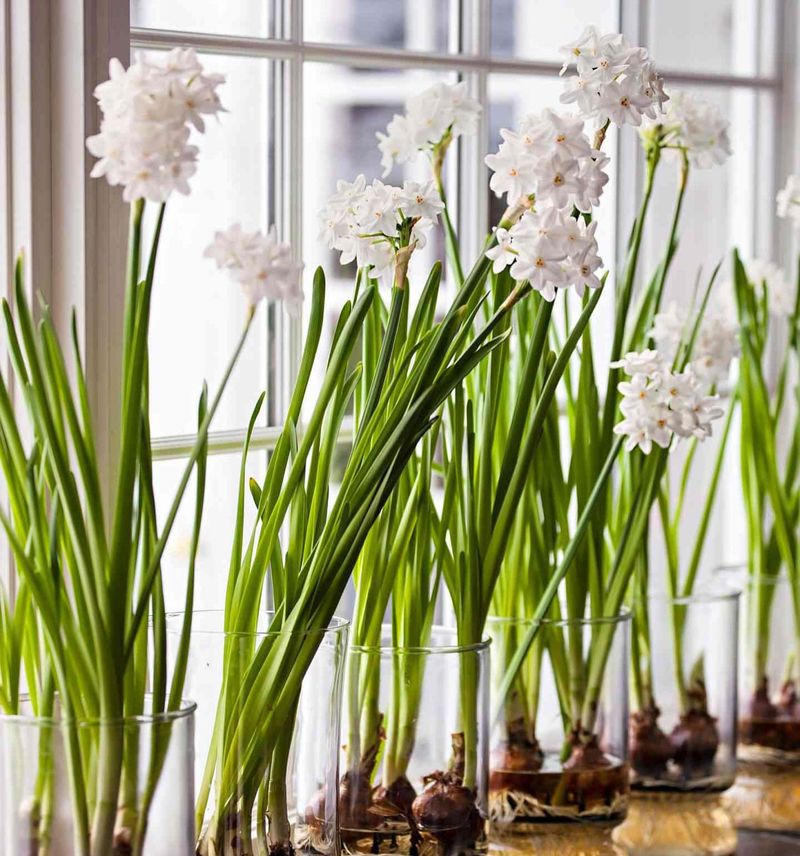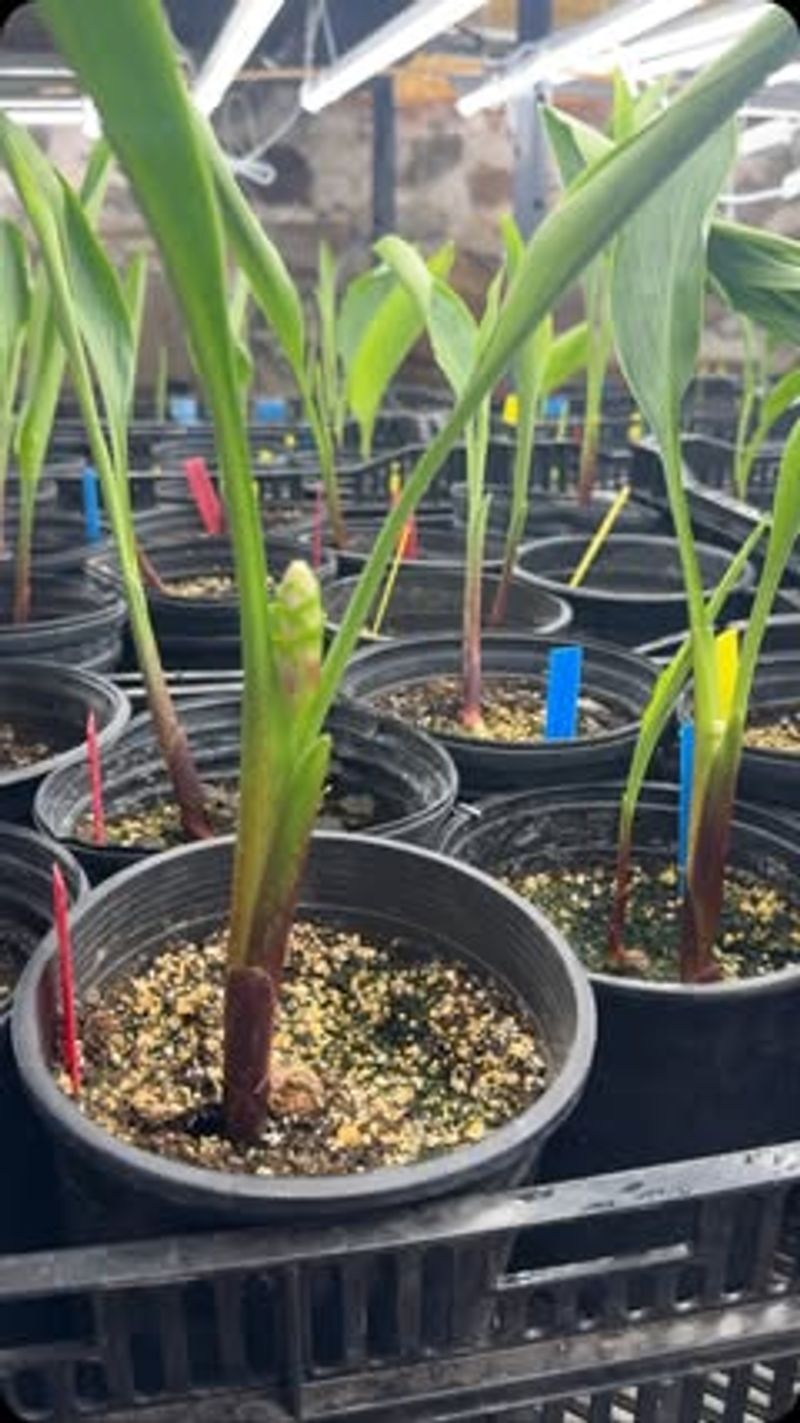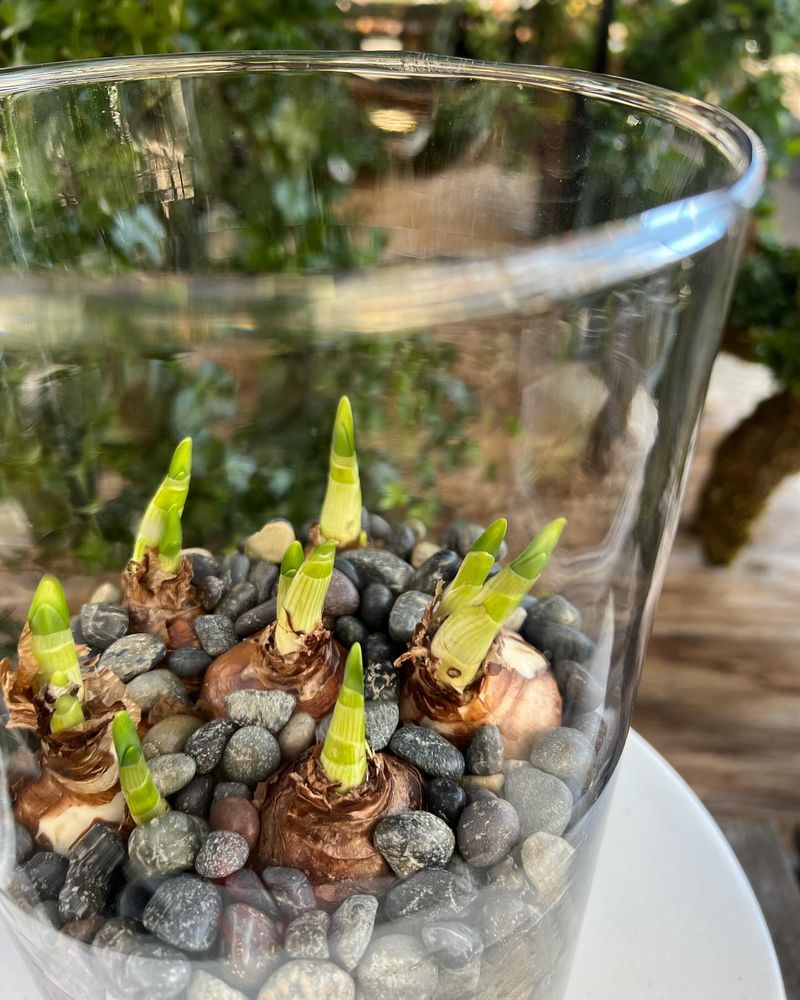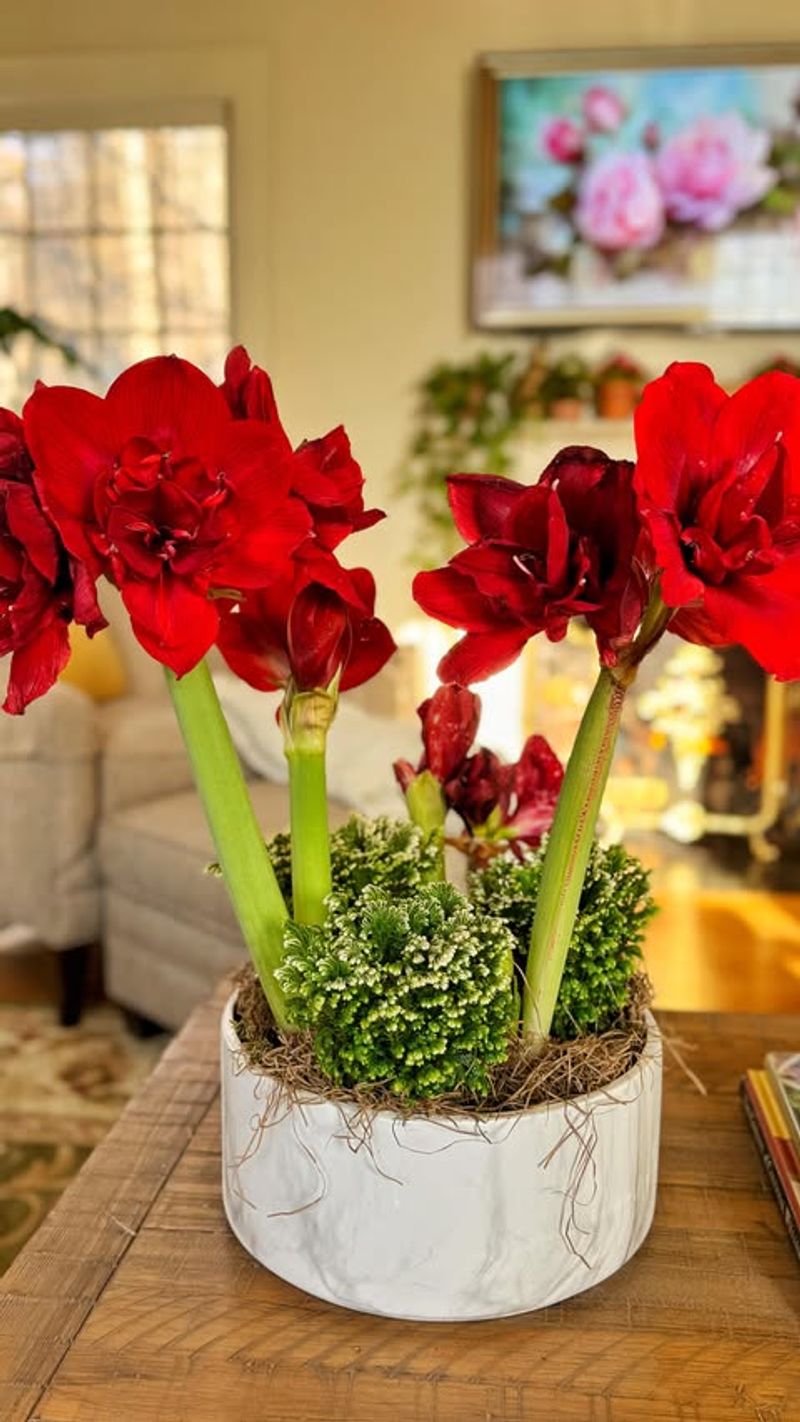Winter in New York can feel long, but forcing bulbs indoors brings a burst of life right into your home. I’ve experimented with different bulbs and timing, and the results are always a cheerful surprise.
With a few simple steps, you can enjoy early blooms that brighten even the grayest days. Watching shoots emerge and flowers open feels like a tiny miracle in the middle of winter.
Bringing these blooms inside makes the season feel a little warmer and more colorful.
1. Choose the Right Bulbs
Not all bulbs are created equal for indoor forcing. Paperwhites and amaryllis don’t need cooling, making them perfect for New York apartment dwellers with limited space.
Other great choices include tulips, daffodils, and hyacinths, which New Yorkers can find at local garden centers like Adams Fairacre Farms or even Union Square Greenmarket.
2. Time It Right
Planning is everything! Start the forcing process in October or November if you want blooms during the darkest New York winter days of January and February.
Different bulbs need different preparation times – hyacinths take about 13 weeks while tulips need around 15. Many New York gardeners mark their calendars to ensure perfect timing.
3. Gather Your Supplies
You’ll need containers with drainage holes, potting soil, and the bulbs themselves. Small pebbles work well for paperwhites, which New Yorkers often grow in water.
Don’t forget labels to track different varieties! Many New York garden shops like The Sill or Plant Shed offer complete forcing kits during fall months.
4. Prepare the Containers
Clean your containers thoroughly to prevent mold and disease. For soil planting, add a layer of potting mix to the bottom of each pot.
New Yorkers living in small spaces can get creative with container choices – vintage teacups, mason jars, or even recycled food containers work beautifully for creating mini indoor gardens.
5. Plant the Bulbs Properly
Position bulbs with their pointed ends facing upward, placing them close but not touching. Cover with soil, leaving the tips slightly exposed.
For best results in New York’s dry winter indoor environments, plant bulbs at the proper depth – generally 1-2 inches of soil above the bulb, depending on its size.
6. Water Wisely
After planting, water thoroughly until moisture drains from the bottom. Avoid overwatering which can cause bulb rot – a common mistake among eager New York indoor gardeners.
For paperwhites grown in pebbles, add just enough water to touch the bottom of the bulbs. The dry heating systems in New York apartments make monitoring water levels especially important.
7. Chill for Success
Most spring bulbs need a cold period to bloom properly. Place potted bulbs in a dark location between 35-45°F for 12-15 weeks.
New York City apartment dwellers get creative with chilling locations – refrigerator crisper drawers work well, while those in suburban areas might use unheated garages or basements.
8. Monitor During Chilling
Check your bulbs weekly during the chilling period. The soil should stay slightly moist but never soggy.
New Yorkers dealing with radiator heat often struggle with maintaining moisture. A helpful trick used by Manhattan gardeners is placing pots in plastic bags with a few air holes to retain humidity.
9. Transition to Light
Once roots and shoots appear, it’s time to bring your pots into a cool room with indirect light. Don’t rush this step!
Many New York gardeners use the transition areas near north-facing windows where temperatures hover around 60°F. This gradual awakening mimics natural spring conditions, even when Central Park is covered in snow.
10. Provide Proper Light
After the initial transition, move your containers to a bright location but avoid direct sunlight which can cause excessive heat. East-facing windows work beautifully.
In New York’s shorter winter days, some gardeners supplement with grow lights for a few hours daily. The Brooklyn Botanic Garden recommends rotating pots regularly for even growth.
11. Support Tall Growers
As stems grow taller, some varieties like paperwhites may need support. Simple bamboo stakes or decorative twigs work perfectly.
Creative New Yorkers often use materials from Central Park or Prospect Park walks – small twigs arranged in a tepee formation provide natural-looking support while adding rustic charm to winter windowsills.
12. Extend the Bloom Time
Keep your blooming beauties away from heat sources like radiators, which are ubiquitous in older New York buildings. Cooler temperatures extend flowering time.
A clever trick used by Manhattan flower enthusiasts is moving pots to cooler rooms or hallways at night. This temperature variation can add days or even weeks to your indoor spring display.
13. Plan for Next Year
Some forced bulbs can be planted outdoors after blooming and the New York ground thaws. Mark your calendar for April planting in most regions of the state.
Amaryllis can be kept as houseplants year-round, while paperwhites typically won’t rebloom. Many New York community gardens welcome donations of forced bulbs for their spring beds.

